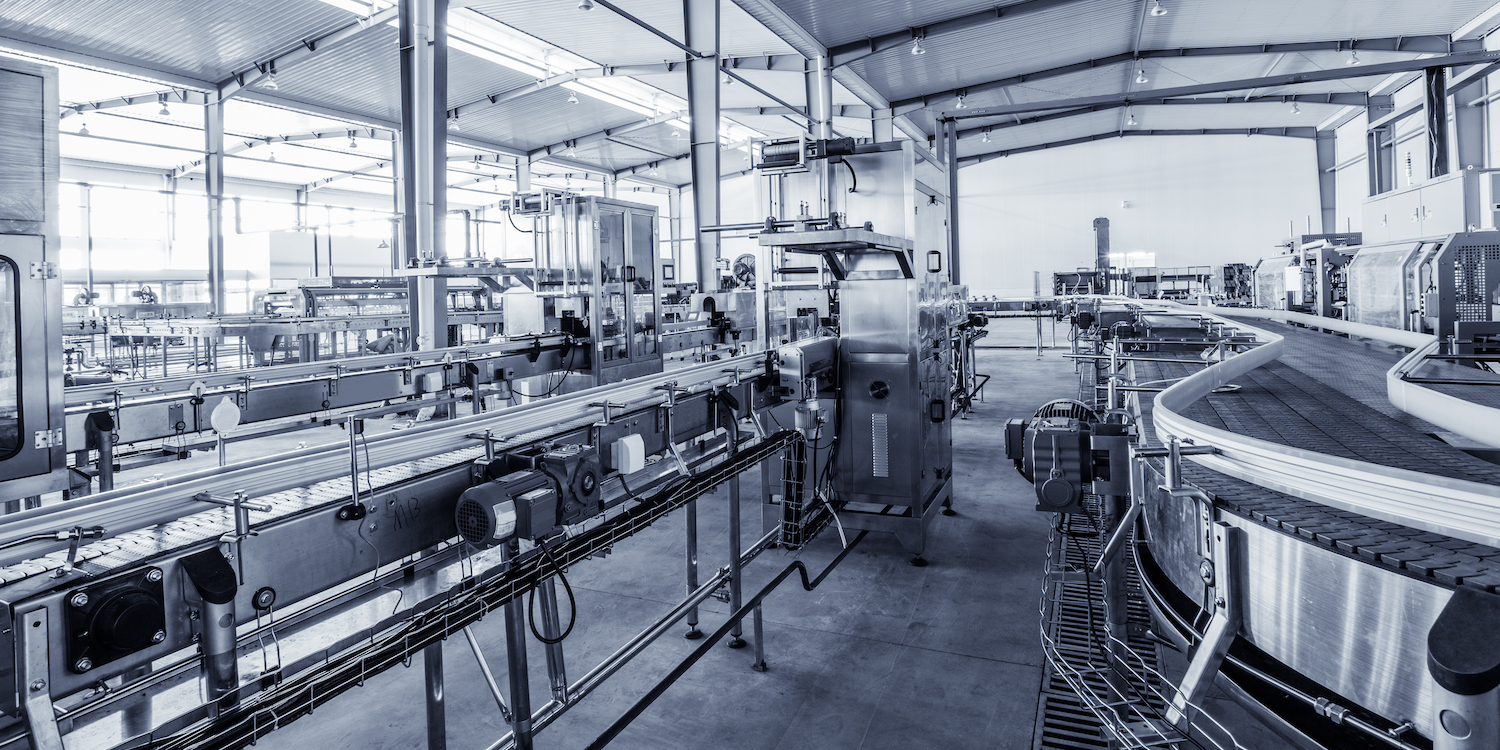Efficient Sampling: Decoding Complexity with Novolyze Environmental Monitoring
In food safety management, sampling can be used to handle the risk inherent to the food product itself or to control conformity of the food processing environment. Sampling in the food industry is used to check the safety of the food products, in terms of microbial safety, harmful contaminants, levels of key ingredients or permitted additives, conformity of labeling, and more.
But sampling is also a recognized way to monitor risks in the production environment, such as pathogen or spoilage risks and the presence of chemical residues, in any media or material, such as food contact surfaces, facility floors, and rinsing water.
Decoding Sampling Complexity
Sampling plan volume and complexity is intricately linked to your industrial configuration. Consider a flour production line comprising three zones: a loading hopper, a heat chamber for thermal treatment, and a conveyor for product cooling before packaging. Conducting a risk analysis will allow you to identify, for each zone, specific locations where you should sample to manage food safety risks. For instance, if flour aggregates in the bottom part of the hopper, you may consider taking samples there to control the risk of having any localized microbial development.
Major factors like process and product types will shape monitoring priorities. For instance, in low-moisture foods like flours, Salmonella may be a primary concern. Or if your production process generates or implies moisture, you may want to monitor the risk for yeast and mold development. Also, do you have a risk of allergen presence on your line? Think about the nut production line in the adjacent building zone; is there a risk that an operator navigates between both lines and cross-contaminates your flour production? Identifying risks accurately will guide you in adjusting your sampling strategy.
Once the locations and risks are established, the focus shifts to determining the frequency of sampling. Questions arise, such as whether sampling should occur weekly or daily, at the start or end of the production day, or between each batch. Sampling frequency should also be adapted based on the specific risk being monitored and the zone under consideration.
When you think the plan is ready for implementation, considerations extend to testing and results. Collecting samples is not enough; you must select which protocol or technique will be applied by your team or partner laboratory to perform the sample analysis (testing). Here we speak about, usually, standard analysis methods that must be properly chosen and documented (do you know the difference between standard ISO4833-1 and standard ISO4833-2?).
An additional layer of complexity comes with the results. Some results are qualitative, providing information about the presence or absence of a particular microorganism. Others are quantitative, offering a measure of the microbial population. For quantitative results, the next step involves comparing them to predefined thresholds to determine if they conform to expectations. Each type of test has its predefined positivity threshold, influencing the sampling process significantly. For example, Yeast & Mold analysis may have an acceptance threshold of <10 CFU/g, while Total Plate Count (TPC) could be <1000 CFU/g for the same industrial configuration.
All the parameters mentioned above underscore the nuanced approach required for sampling strategy definition and daily implementation.
The Easy Way
Properly managing both food scale and environment scale sampling requires different considerations and is typically done using manual processes that companies find fraught with complexities and errors.
So, how can you decode this complexity and enable a more efficient, easier sampling process?
The Environmental Monitoring (EM) module of the Novolyze Platform was designed with these limitations in mind, to automate and overcome these challenges in an easy-to-use software solution dedicated to the daily management of control activities of the plant environment.
Novolyze EM offers the possibility to create content at different levels of work, from management of sampling plans, including all sampling actions to be done in a defined period for a defined location, to test results management, which enables you to fill and analyze each result of each specific test.
Depending on your position and activities, your experience with Novolyze EM will be tailored to you, as it manages different user journeys to meet each user's expectations and usage needs.
One example of that is the embedded Calendar, where you can schedule sample collection, attribute sampling tasks, trace their execution, and more. This centralized feature allows users to coordinate their actions, i.e., 1) being aware of what they should do and 2) having the right information to do their job. This coordination saves time, money, and aggravation.
Conclusion
Effective sampling is pivotal for maintaining food safety in the production process. The intricacies of sampling plans, influenced by factors like industrial configuration and product types, require a nuanced approach. Identifying specific risks, determining sampling frequency, and selecting appropriate testing protocols are crucial steps in developing a robust strategy.
Recognizing the challenges of manual processes, deployment of an automated solution like Novolyze EM simplifies sampling activities and enhances coordination among users. This is the easy way to ensure efficient daily management of environmental sampling activities, contributing to substantial time and cost savings in the pursuit of uncompromised food safety standards.
Novolyze can help elevate your food safety program, reduce your recall risk, and ensure compliance. Book a demo of Novolyze Environmental Monitoring:





